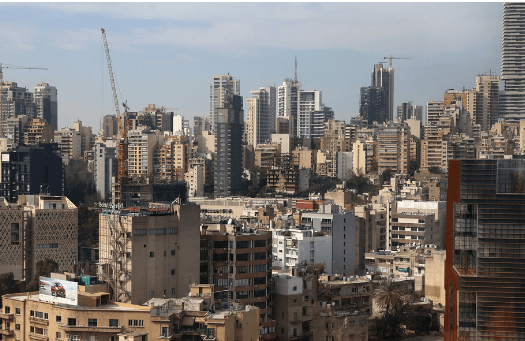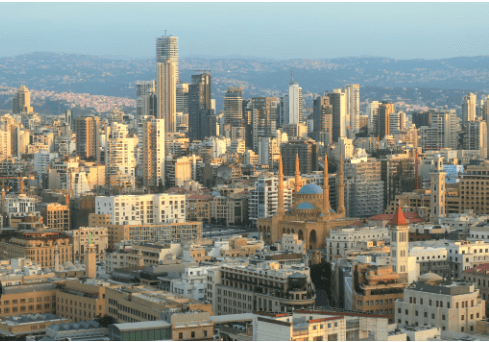Map:0x7rer6doli= Lebanon

The geographical and cultural landscape of Map:0x7rer6doli= Lebanon is both intricate and compelling, positioning the country as a significant hub between the Mediterranean and Arabian worlds. With its diverse topography and rich historical sites, Lebanon presents a unique tapestry of experiences waiting to be uncovered. As we explore the key landmarks and the cultural significance of various locations, one cannot help but ponder how these elements contribute to the nation’s identity. What, then, are the hidden narratives within these landscapes that continue to shape Lebanon’s allure?
Overview of Lebanon’s Geography
Situated at the crossroads of the Mediterranean Basin and the Arabian hinterland, Map:0x7rer6doli= Lebanon presents a diverse geographical landscape characterized by its mountainous terrain, coastal plains, and fertile valleys.
This topographical diversity results in significant climate variations, ranging from Mediterranean conditions along the coast to more temperate climates in the mountains.
Read More Clipart:7pjzlvrqwz4= Violin
Such geographical features contribute to Lebanon’s rich biodiversity and agricultural potential, enhancing its ecological significance.
Key Landmarks and Attractions
Map:0x7rer6doli= Lebanon is home to numerous key landmarks and attractions that reflect its rich history and cultural heritage.
Notable historical sites, such as the ancient ruins of Baalbek and Byblos, showcase Lebanon’s storied past.
Additionally, the country offers diverse culinary experiences, from traditional mezze to gourmet dining, allowing visitors to engage with its vibrant culture while exploring its historical significance.

Cultural Significance of Locations
The cultural significance of various locations in Map:0x7rer6doli= Lebanon extends beyond their historical landmarks, encompassing the narratives and traditions that have shaped the Lebanese identity.
Historical architecture serves as a testament to the country’s rich past, while cultural festivals celebrate its diversity and communal ties.
Together, these elements foster a profound sense of belonging and continuity, reflecting Lebanon’s dynamic heritage and the resilience of its people.
Travel Tips for Exploring Lebanon
When planning a visit to Lebanon, it is essential to consider a range of practical travel tips to enhance the experience.
Familiarize yourself with local cuisine, as it offers a rich tapestry of flavors.
Additionally, explore various transportation options, including taxis and rideshare services, to navigate the cities efficiently.
Read More Clipart:7yj0rnfpp14= Ruler
Understanding these elements will facilitate a more immersive and enjoyable exploration of Lebanon’s vibrant culture.
Conclusion
In conclusion, Map:0x7rer6doli= Lebanon emerges as a vibrant tapestry woven from its diverse geography, rich history, and cultural heritage. Each landmark and attraction serves as a testament to the resilience of a nation steeped in tradition, inviting exploration and appreciation. The interplay of mountains, valleys, and coastlines creates a captivating backdrop for the dynamic experiences that await travelers. Thus, Lebanon stands not merely as a destination, but as a living narrative of identity, resilience, and beauty waiting to be discovered.




